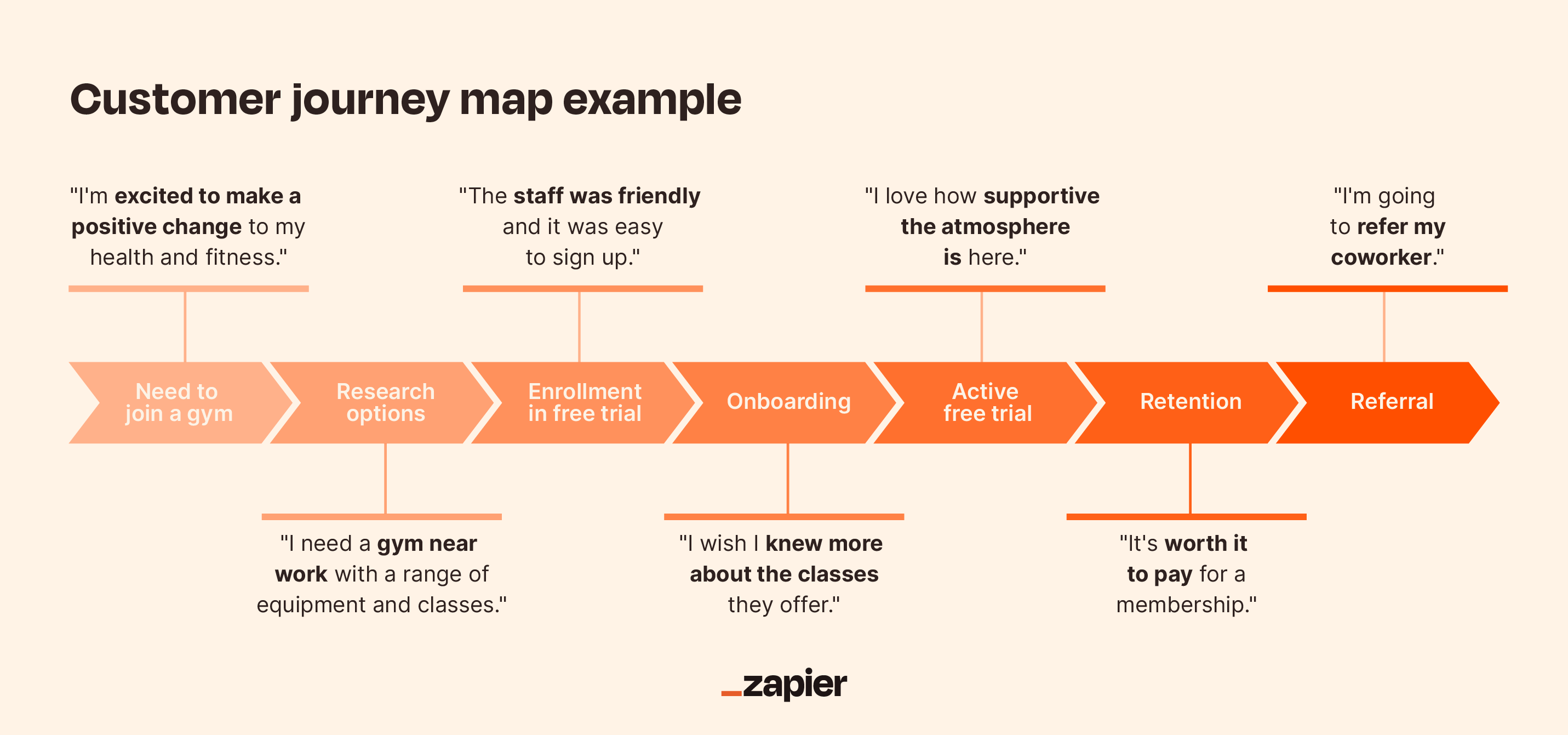Over the years, I've had the privilege of working with a diverse range of B2B clients, from scrappy startups to Fortune 500 enterprises. And across industries and business sizes, one thing has remained constant: a powerful value prop is the key to unlocking growth. It's what sets you apart from the sea of sameness and convinces busy, skeptical B2B buyers to choose you over the competition.
But here's the thing – crafting a truly effective B2B value proposition is hard. It requires going beyond the surface-level benefits and generic promises that everyone else is making. You need to dive into the nuances, the specifics, the compelling details that make your value story come alive for your target audience. In this post, I'll share five advanced steps to creating a value proposition that deeply resonates and gives you a substantial edge. These are the techniques that have made the difference for my clients between a value prop that falls flat and one that becomes the driving force behind their marketing success.
1. Dive Deep into Your Customers' World

Powerful value props start with a deep understanding of your customers. Don't settle for surface-level pain points – keep digging. Immerse yourself in their world. Shadow them for a day. Experience their challenges viscerally. The goal is to uncover insights your competitors have missed.
| Customer Insight | Implication for Your Solution |
|---|---|
| Manual data entry takes 2 hours per day | Automate data entry to save time |
| Inconsistent data leads to incorrect decisions | Ensure data accuracy and consistency |
| Lack of visibility into real-time inventory | Provide real-time inventory tracking |
For example, when working with a supply chain software company, we spent days at our customers' warehouses. By seeing their challenges in action – the frustration of manually reconciling data, the lost time hunting down inventory, the anxiety over potential stockouts – we identified the nuanced problems their solution needed to address. Those insights shaped a value prop focused on complete real-time visibility and intelligent automation. It was a message that struck a chord because it connected to our buyers' reality.

2. Quantify Your Value
B2B buyers need to see concrete value. How much time and money will you save them? By what percentage will you increase their output? What additional revenue will you help drive? Quantifying your value makes it real.
| Metric | Before | After | Improvement |
|---|---|---|---|
| Time to close a deal | 60 days | 45 days | 25% reduction |
| Revenue per sales rep | $500,000 | $750,000 | 50% increase |
| Customer onboarding time | 4 weeks | 2 weeks | 50% faster |
Let's say your AI-powered sales enablement tool helps reps close deals 30% faster. Or your predictive maintenance solution reduces equipment downtime by 25%. Those are powerful proof points that grab attention. But go a step further – translate those metrics into specific customer outcomes. Maybe that 30% boost in close rates means 15 more deals per quarter. Faster equipment repairs could mean an extra $2M per year in production capacity. Frame your value in terms that matter to your buyers.

3. Tell Customer Stories
Facts and figures are important, but stories connect emotionally. Craft vivid narratives around how you've transformed your customers' businesses and lives. Paint a picture of their world before and after using your solution.
One of our clients, a provider of employee training software, had an impressive 40% reduction in onboarding time. But the real story was how that translated for their customers. For one retail chain, faster onboarding meant they were able to rapidly scale up seasonal hiring without compromising customer service. For a manufacturer, it meant getting new production lines up and running weeks sooner. Those stories made the value prop hit home.

4. Highlight Your Unique Differentiators
Your value prop must answer the question: Why you? What do you offer that no one else can? Specificity is key. Don't just claim better service or more features – spell out exactly what sets you apart.
| Capability | Your Approach | Industry Standard | Customer Benefit |
|---|---|---|---|
| AI Algorithms | Proprietary neural networks trained on 100M+ data points | Off-the-shelf algorithms with limited data | 30% more accurate predictions |
| Data Security | Multi-layer encryption, role-based access control, SOC 2 compliance | Basic encryption, limited access controls | Data privacy and protection for sensitive industries |
| Implementation | Dedicated success manager, customized onboarding, ongoing training | Generic onboarding, limited support | 50% faster time-to-value |
Maybe it's your proprietary technology that processes data 10x faster than industry standard. Or your uniquely qualified team that combines PhD data scientists with former supply chain executives. Or your track record of 100% on-time delivery. Highlight the things your competitors can't match.
One of our manufacturing clients had sensor technology that detected equipment issues with 95% greater accuracy than the industry average, virtually eliminating unplanned downtime. That was the crux of their value prop. We made a highly technical differentiator meaningful by tying it to a critical customer outcome.

5. Iterate and Evolve
Your value prop isn't set in stone. As your customers' needs change, as new competitors emerge, as you enhance your offerings, your value prop must evolve too. Continually pressure test it with customers and prospects. Does it still resonate? Has what they value most shifted?
| Value Prop Version | Focus | Customer Feedback |
|---|---|---|
| 1.0 | Cost savings | "Cost is important, but not the only factor" |
| 2.0 | Cost savings and ease of use | "Ease of use is critical, but I'm concerned about security" |
| 3.0 | Cost savings, ease of use, and security | "This addresses my key criteria - I'm ready to buy" |
One of our fintech clients initially focused their value prop heavily on cost savings. But as they talked with more prospects, they realized that while cost mattered, reliability and security were the real hot buttons. Buyers needed to know their financial data was rock solid secure and the software would work flawlessly. By shifting the emphasis of their messaging, they saw a significant uptick in conversions.
Regularly revisit your customer insights, your value metrics, your stories, and differentiators. Keep refining your value prop to ensure it makes an impact.
The Power of a Compelling Value Proposition
A powerful value proposition is your key to cutting through the noise and captivating your B2B audience. It's what convinces busy, skeptical buyers to pause and pay attention.
By diving deep into your customers' world, quantifying your concrete value, telling impactful stories, showcasing your unique differentiation, and continuing to iterate, you can craft a value prop that doesn't just pique interest -- it converts.
Your value prop is the heart of your marketing. Get it right and everything else becomes easier. You attract more qualified leads, you close more deals, you gain more evangelist customers.
The path to a truly great value proposition takes work. It requires customer intimacy, a commitment to specificity, and continuous refinement. But that effort pays off tenfold in marketing that resonates and drives results like nothing else.
FAQ
1. What is a B2B value proposition?
A B2B value proposition is a clear statement that describes the unique value your product or service delivers to your target business customers. It communicates why customers should choose you over competitors.
2. Why is a strong value proposition important for B2B companies?
A strong value proposition differentiates your offering in a crowded market, resonates with your target buyers, and drives marketing and sales success. It forms the foundation of all your messaging and positioning.
3. How is a B2B value proposition different from a B2C value proposition?
B2B value propositions tend to focus more on ROI, productivity, and business outcomes, while B2C value propositions often emphasize emotional benefits, lifestyle improvements, and personal value.
4. What are the key elements of a compelling B2B value proposition?
A compelling B2B value proposition clearly articulates your unique differentiators, quantifies the value you deliver, aligns with your customers' key priorities, and is communicated in customer-centric language.
5. How do I identify my company's unique differentiators?
To identify your unique differentiators, analyze your offerings, talk to customers, and evaluate competitors to determine the distinct value you provide that others can't match.
6. What's the best way to quantify the value my solution delivers?
Quantify your value by measuring the impact your solution has on key customer metrics such as revenue growth, cost savings, productivity gains, and time saved. Use case studies and customer data to validate your claims.
7. How can I ensure my value proposition resonates with my target audience?
To ensure resonance, deeply understand your target buyers' challenges, goals, and decision criteria. Validate your value prop with customer interviews and feedback, and continually refine it based on market insights.
8. Should I have different value propositions for different buyer personas?
While your core value proposition should be consistent, you may need to tailor your messaging to highlight the aspects of your value prop that are most relevant to each specific buyer persona's needs and priorities.
9. How often should I update my value proposition?
Your value proposition should evolve as your offerings, customers, and market dynamics change. Review and update it regularly (at least annually) to ensure it remains relevant and differentiated.
10. What's the biggest mistake companies make with their B2B value propositions?
The biggest mistake is settling for a generic, uncompelling value proposition that fails to differentiate you or resonate with buyers. A weak value prop undermines the effectiveness of all your marketing and sales efforts.
By addressing these common questions, you provide readers with a comprehensive understanding of B2B value propositions and reinforce the key points from your blog post. The FAQ format makes it easy for readers to quickly find the information they need.






